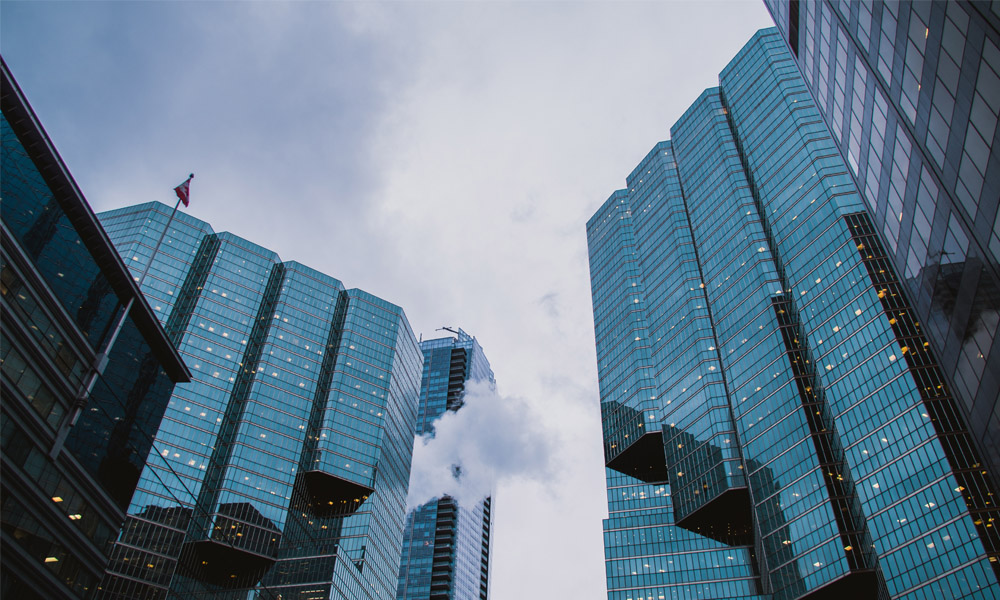

Understanding the Cost of Low-E Glass Per Square Metre
Low-emissivity (Low-E) glass has become increasingly popular in modern construction and renovation due to its energy efficiency and ability to improve indoor comfort. As homeowners and builders seek to maximize energy savings while minimizing environmental impact, understanding the cost of Low-E glass per square metre is crucial. This article will explore the factors influencing the cost of Low-E glass, its benefits, and how it offers value for money in both residential and commercial applications.
What is Low-E Glass?
Low-E glass has a special coating that reflects heat while allowing natural light to pass through. This coating reduces the amount of ultraviolet (UV) and infrared light that can penetrate the glass without significantly affecting the amount of visible light that enters. As a result, Low-E glass keeps interiors warmer in the winter by reflecting indoor heat back into the room and cooler in the summer by blocking unwanted solar heat. This technology helps to reduce energy consumption, leading to significant savings on heating and cooling costs.
Cost of Low-E Glass Per Square Metre
The cost of Low-E glass can vary widely based on several factors, including the type of Low-E coating, glass thickness, size, and manufacturer. On average, the price of Low-E glass per square metre typically ranges from $100 to $300. When considering the installation, additional costs may include framing, structural modifications, labor, and any necessary permits, which can collectively increase the overall project budget.
1. Type of Coating There are different types of Low-E coatings, such as passive, solar control, and double or triple coatings, each providing various levels of thermal performance. Passive Low-E coatings are generally less expensive than high-performance solar control options designed for warmer climates, which can raise the cost per square metre.
2. Glass Thickness Standard Low-E glass is often available in various thicknesses, typically ranging from 3mm to 6mm. Thicker glass may come at a higher price point due to increased material costs and enhanced durability, which is particularly important in areas subjected to extreme weather.
3. Size and Customization The larger and more customized the glass panels are, the more they will cost. Custom shapes and sizes often require specialized manufacturing processes that can drive up prices. It is essential to quantify your needs accurately to ensure that the pricing reflects the scale of your project.

4. Manufacturer and Quality Different manufacturers may offer varying prices based on the quality of the glass and the technology used in the coatings. Researching and comparing brands can provide insights into which options offer the best long-term value, particularly in terms of energy savings and durability.
The Benefits of Investing in Low-E Glass
While the initial cost of Low-E glass may be higher than standard glass, its long-term benefits can lead to substantial savings. Here are some advantages that justify the investment
1. Energy Efficiency Low-E glass significantly reduces heating and cooling costs by minimizing heat loss and gain. Over time, homeowners can recover the higher initial costs through reduced energy bills.
2. Increased Comfort With improved insulation, Low-E glass maintains more consistent indoor temperatures, enhancing comfort for occupants. It also reduces glare and protects furnishings from UV damage, prolonging their lifespan.
3. Environmental Impact By lowering energy consumption, Low-E glass contributes to a reduced carbon footprint. This aligns with the growing trend toward sustainable building practices and can improve a property's appeal to environmentally-conscious buyers.
4. Potential Incentives Many regions offer incentives for energy-efficient upgrades in homes and commercial buildings. Investing in Low-E glass could qualify homeowners for tax credits or rebates, further offsetting initial costs.
Conclusion
In summary, while the cost of Low-E glass per square metre can appear daunting, the array of benefits it provides makes it a smart investment for many building projects. As energy efficiency becomes a priority for homeowners and builders alike, understanding the costs and long-term value associated with Low-E glass is vital. An informed decision combining quality, performance, and cost can lead to significant energy savings and enhanced property value in the years to come.